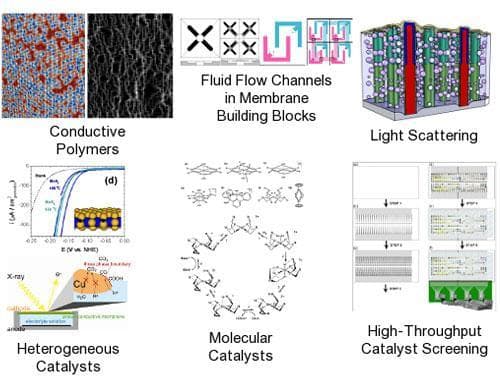Advertisement
Energy Ideas and Realities: 80% Clean by 2035?
ResumeThe President says he wants 80 percent clean energy by 2035. How will we really get there?

World events, Egypt, and snow storms have grabbed our attention hard since the State of the Union address.
But one pledge – promise, goal – from President Obama still rings: That by the year 2035, eighty percent of America’s electricity will come from clean energy.
It was a careful pledge. It included natural gas and “clean coal” in the eighty percent equation. But even so, it’s a big pledge – for a country that overall has not been ambitious for clean energy.
Can we do it? Will we do it? And how?
We speak with Caltech energy guru Nathan Lewis, on President Obama’s big clean energy pledge.
-Tom Ashbrook
Guests:
Nathan Lewis, director of the Department of Energy’s Innovation Hub at the California Institute of Technology — the Joint Center for Artificial Photosynthesis. The center is researching simulating photosynthesis for energy production. He's also a professor of chemistry at CalTech.
Steven Mufson, energy correspondent for the Washington Post.
Here's what President Obama said in the 2011 State of the Union Address about Nathan Lewis' work — and the wider race for a clean energy future:
That’s what Americans have done for over 200 years: reinvented ourselves. And to spur on more success stories like the Allen Brothers, we’ve begun to reinvent our energy policy. We’re not just handing out money. We’re issuing a challenge. We’re telling America’s scientists and engineers that if they assemble teams of the best minds in their fields, and focus on the hardest problems in clean energy, we’ll fund the Apollo projects of our time.
At the California Institute of Technology, they’re developing a way to turn sunlight and water into fuel for our cars. At Oak Ridge National Laboratory, they’re using supercomputers to get a lot more power out of our nuclear facilities. With more research and incentives, we can break our dependence on oil with biofuels, and become the first country to have a million electric vehicles on the road by 2015.
This program aired on February 3, 2011.